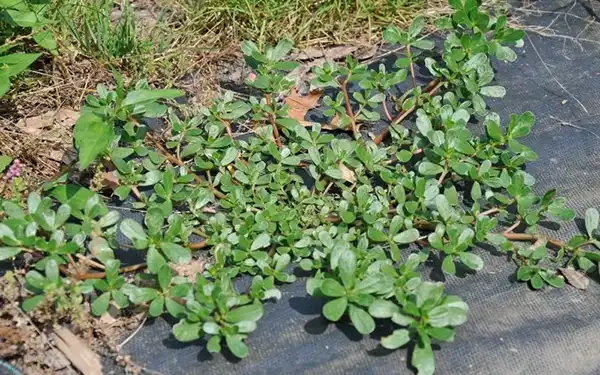Purslane: The Resurgent Superfood
Purslane, known also as Verdolaga, hogweed, or pigweed, is a remarkable plant that is making a significant comeback in the culinary and health worlds. Once considered a pesky weed, it is now celebrated for its exceptional nutritional profile and unique flavor. Here’s why Purslane deserves a place in your garden and on your plate, along with a simple and delicious recipe to get you started.
Nutritional Benefits of Purslane
- Omega-3 Fatty Acids: Purslane boasts the highest levels of Omega-3 fatty acids found in green plants. Omega-3s are essential for heart health, reducing inflammation, and supporting brain function.
- Antioxidants: The plant is rich in antioxidants like vitamin C and vitamin E, which help combat oxidative stress and protect cells from damage.
- Vitamins and Minerals: Purslane is packed with vitamins A, C, and E, along with minerals such as magnesium, potassium, and calcium, contributing to overall health and well-being.
- Unique Flavor: The succulent leaves offer a rejuvenating tangy lemony taste with a hint of peppery zing, making it a versatile ingredient in various dishes.
Preparing and Cooking Purslane
When preparing Purslane, it’s crucial to wash it thoroughly to remove any pesticide residues. Purslane can be used in salads, soups, and stews, and its tart flavor pairs well with a variety of ingredients.
Recipe: Purslane and Basil Pesto
Ingredients:
- 2 cups young Purslane leaves and stems, rinsed and roughly chopped
- 45g fresh basil leaves, rinsed
- 1 clove garlic
- 45g toasted almonds
- Juice from half a lemon
- 50ml olive oil
- Salt and pepper to taste
Instructions:
- Prepare Ingredients:
- Rinse and roughly chop the Purslane leaves and stems.
- Rinse the basil leaves.
- Toast the almonds if not already toasted.
- Blend Ingredients:
- In a food processor, combine the Purslane, basil, garlic, and toasted almonds.
- Pulse until finely chopped.
- Add Lemon Juice and Olive Oil:
- Add the lemon juice and olive oil to the food processor.
- Blend until the mixture forms a smooth paste.
- Season:
- Season the pesto with salt and pepper to taste.
- Adjust the consistency by adding more olive oil if needed.
- Serve:
- Use the Purslane and basil pesto as a spread, a dip, or a topping for pasta, grilled vegetables, or meats.
Additional Tips
- Storage: Store leftover pesto in an airtight container in the refrigerator for up to a week. For longer storage, you can freeze the pesto in ice cube trays for easy portioning.
- Variations: Feel free to experiment with different nuts or seeds, such as walnuts or sunflower seeds, as substitutes for almonds.
By incorporating Purslane into your diet, you not only enjoy its unique flavor but also benefit from its impressive nutritional profile. This resilient plant, once dismissed, is now recognized for its superfood qualities and culinary versatility. Enjoy experimenting with Purslane in your kitchen and rediscover this remarkable ingredient’s potential!

